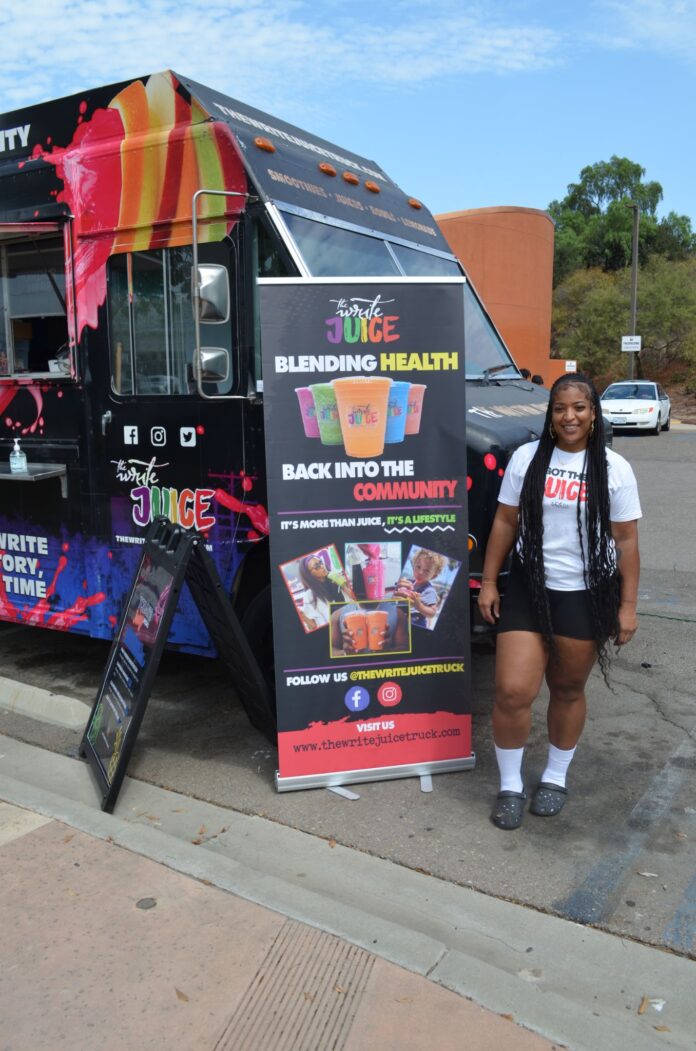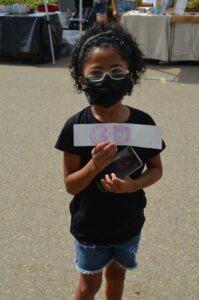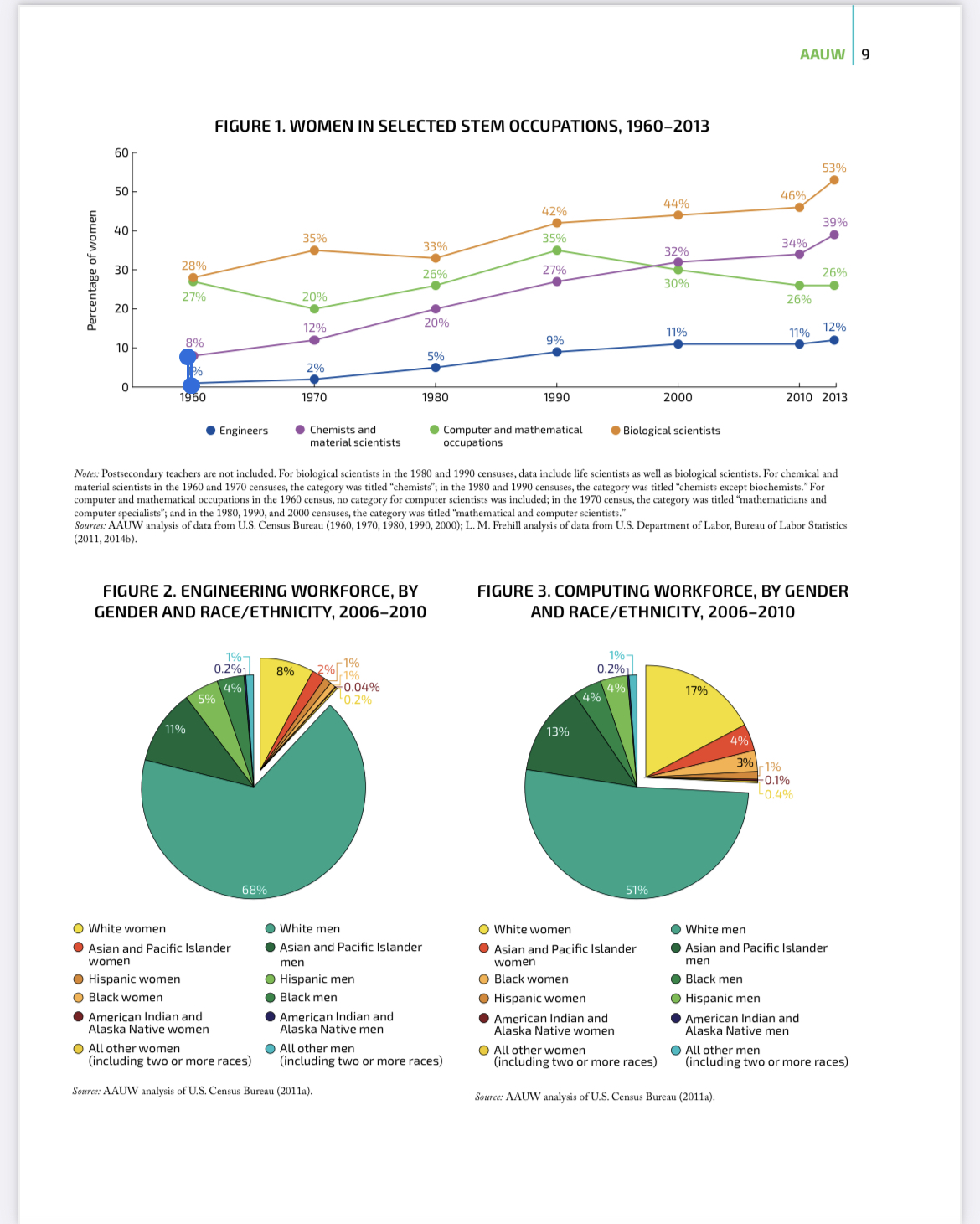
By TJ Dunnivant, Contributing Writer
Last Saturday, August 15, the Malcolm X Library hosted the 2nd Annual SouthEast Science and Art Expo. Vendor participants included everything from food vendors to UCSD Neuroscience Outreach and the San Diego Natural History Museum. Admission was free and tours were given throughout the day at the Elementary Institute of Science.

Roosevelt Williams III was the emcee for the event and he explained his involvement for bringing the expo to Malcolm X for the second year in a row. “I wanted to get bigger names like UCSD and the Natural History Museum to participate this year,” Roosevelt explained, “Bringing them here to SouthEast is bridging that gap [gap in people of color going into STEM fields].”
Attendees, Cory and daughter Zahara were enjoying the festivities and also staying safe by wearing masks. “I bring my daughter to Malcolm X library frequently.” Cory said, “I try to encourage and feed her [in science], so that something sparks and she will develop her own interest.”
According to a Pew Research report from 2018, since 1990 STEM employment has grown 79% (9.7 million to 17.3 million) and computer jobs have seen a whopping 338% increase over the same period. The report goes on to say that the representation of women, Blacks and Hispanics holds Pocketbook implications for workers. STEM jobs have relatively high earnings compared with many non-STEM jobs, and the earnings gap persists even after controlling for educational attainment. Among workers with similar education, STEM workers significantly make more [money], on average, than non-STEM workers. (pewresearch.org)
Those statistics are alarming especially for the most underrepresented populations in STEM which are women, Blacks and Hispanics. The American Association of University Women (AAUW) published an article on The Stem Gap: Women and Girls in Science, Technology, Engineering and Mathematics [STEM]. That story used the data and findings from their research study entitled Solving the Equation. The graph shows the disparities between different racial ethnicities. As you can see in the circle graph Figure 2: ENGINEERING WORKFORCE, BY GENDER AND RACE/ETHNICITY, 2006-2010; Women only make-up 8% of the Engineering Workforce but Black men trail behind them at 4%. And for Black women… that number drops to 2%.

The top reasons that the AAUW article gave for the gap was Male-Dominated Cultures, Fewer Role Models, Gender Stereotypes and Math anxiety. The article stated that there are male-dominated cultures that are not supportive of or attractive to women and minorities. And under the Fewer Role Models reason, the article states that girls have fewer role models to inspire interest and there are even fewer Black Women role models in math and science.
Emcee Rosevelt had the best intentions by bringing the event for the 2nd year to 4th District, however, Cory and his daughter were only one of few Black families that attended. The lack of role models could be a majority of the reason that there was a small number of Black families this year. But a missed opportunity none-the-less. And that could be one of many reasons. Whatever the reason may be, it is important as a community to know the statistics surrounding the Gap in STEM and work to improve participation at events like this so that we don’t continue to be left behind.


